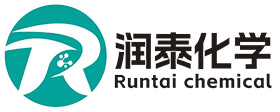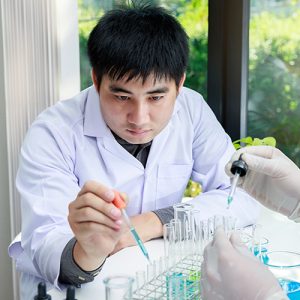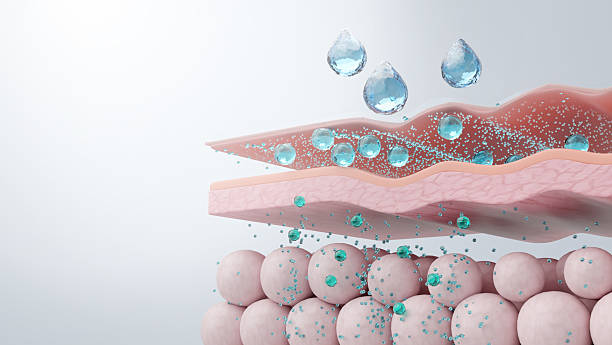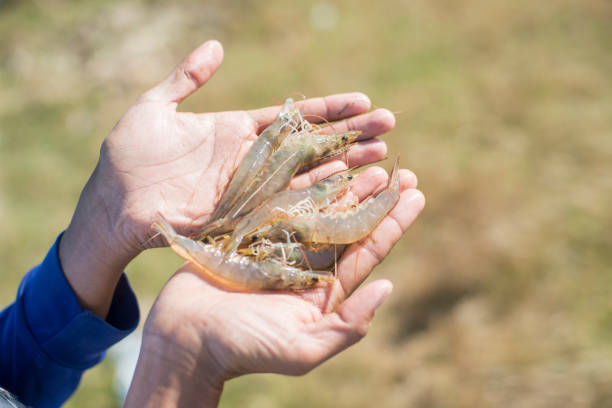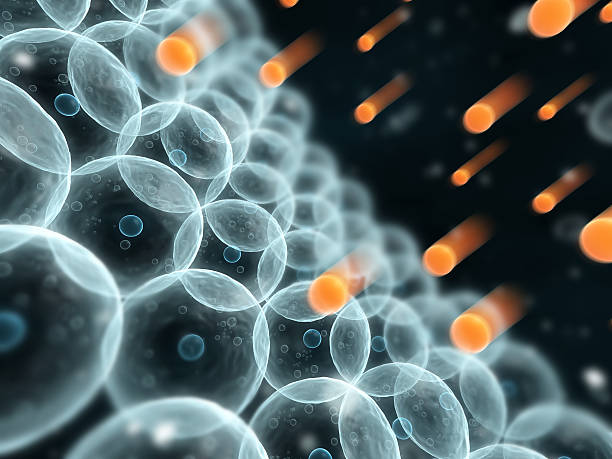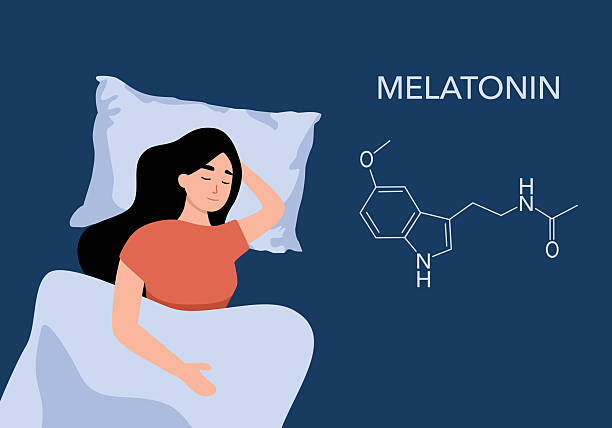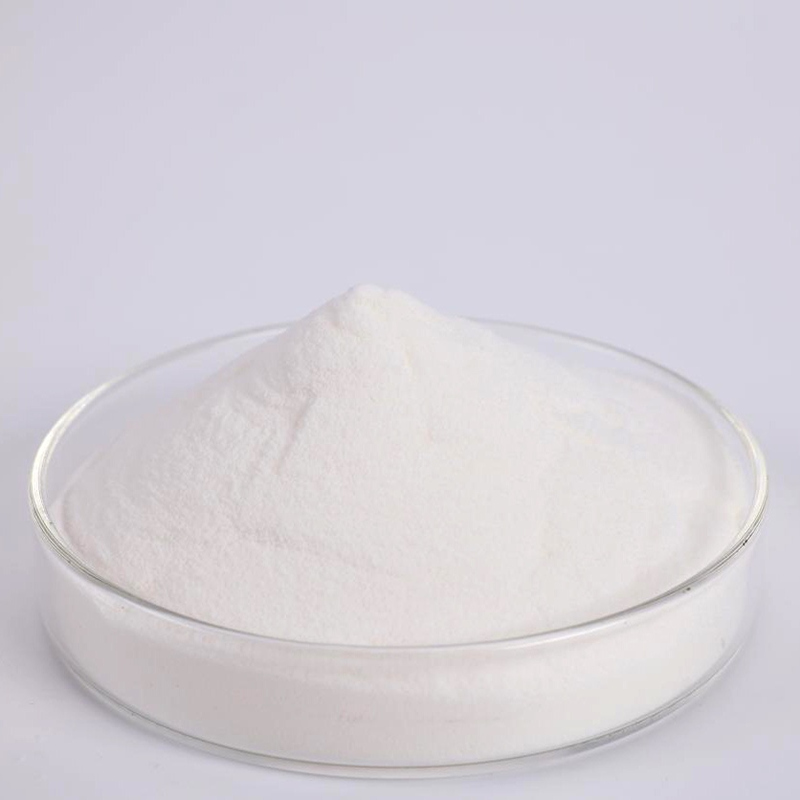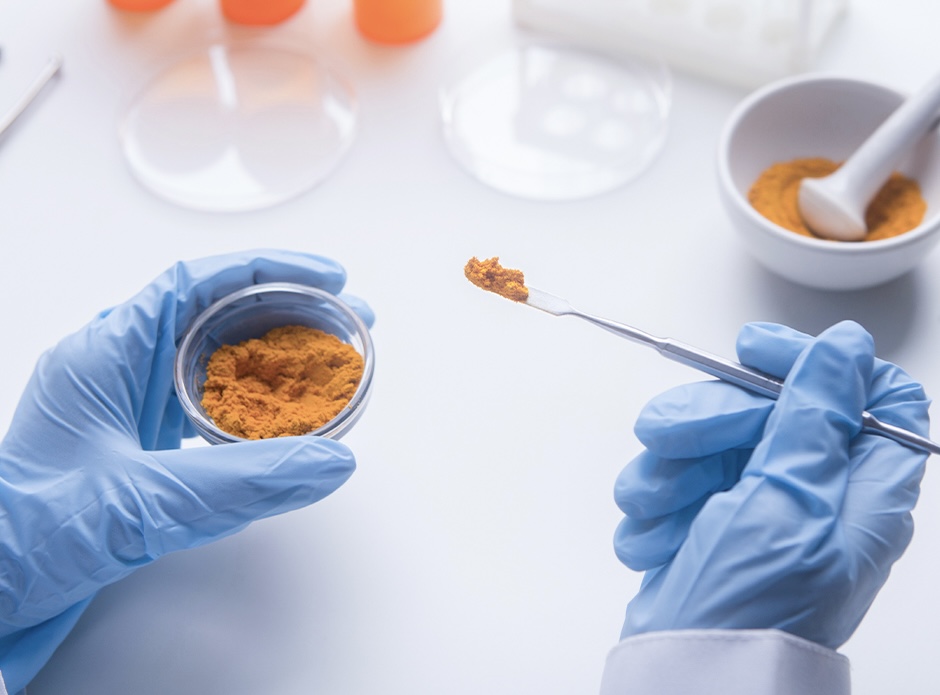What is Natamycin
Natamycin is a natural compound used as a natural preservative in many food products. It stops mold and yeast from growing, keeping food fresh longer.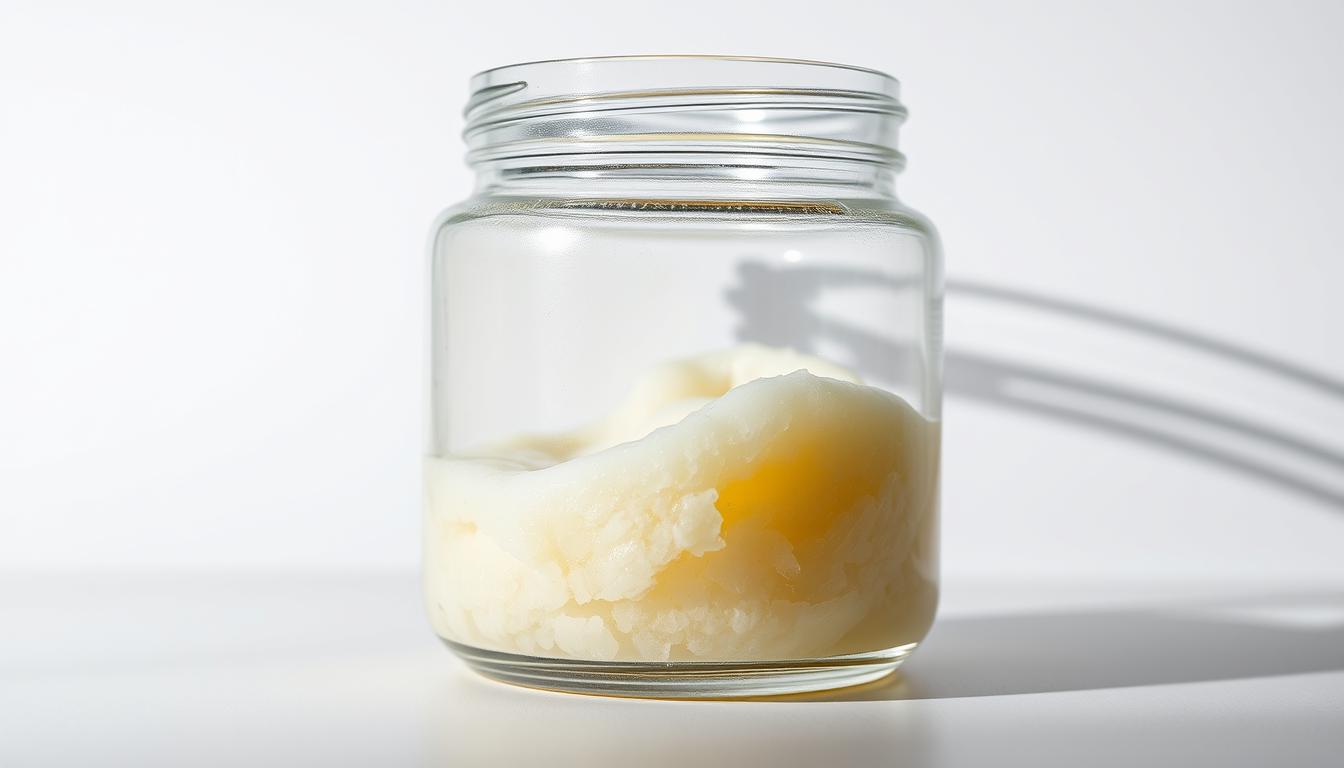
This natural preservative is key in the food world. It keeps food quality high without risking safety. With Natamycin, food makers can keep their products fresh for longer.
Key Takeaways
- It is a natural preservative used in food products.
- It has antifungal properties that prevent mold and yeast growth.
- It extends the shelf life of food items.
- It is significant in the food industry for maintaining food quality.
- It helps keep food fresh for a longer period.
Understanding Natamycin
It is derived from soil bacteria and helps keep food fresh for longer. It’s important to know what Natamycin is, where it comes from, and how it’s made.
Definition and Origin
Natamycin, also known as Pimaricin, is made from Streptomyces natalensis bacteria. It grows naturally in the soil. For decades, it has been used to stop mold and yeast in food.
Discovery and History
In the 1950s, it was found to fight off many molds and yeasts. Since then, it has been a key part of the food industry.
Chemical Structure and Properties
It has a big macrolide ring that fights fungi. It stays stable in many conditions, making it good for various foods.
Natural Production Process
It is made through fermentation with Streptomyces natalensis. This method is natural and eco-friendly, avoiding synthetic chemicals.
Knowing about Natamycin helps us see why it’s good for food. It’s a natural start and a making process appeals to those who want less synthetic stuff in their food.
How Natamycin Works as a Preservative
Natamycin is a powerful preservative because of its antifungal mechanism of action. It binds to the cell membrane of fungi, especially to sterols like ergosterol. These sterols are key to fungal cell membranes. This binding disrupts the cell membrane, stopping fungal growth.
Antifungal Mechanism of Action
It targets many molds and yeasts but doesn’t harm bacteria or other microorganisms. This targeted action is vital for food preservation. It keeps beneficial microbes while stopping harmful fungi.
Effectiveness Against Various Molds and Yeasts
It fights a wide range of molds and yeasts found in food. Studies show it’s a reliable preservative in the food industry.
Differences from Other Antimicrobial Agents
Natamycin stands out because it’s natural and has low toxicity. It’s very specific to fungi, which helps keep food’s microbial balance. This makes Natamycin a great choice for those looking for natural preservatives.
Applications of Natamycin in the Food Industry
Natamycin is a natural preservative used in many food products. It stops mold and yeast without changing the taste, texture, or look of food. This makes it a favorite among food makers.
Cheese and Dairy Products
It works well for cheese and dairy. It keeps mold off cheese surfaces, making it last longer.
Surface Treatment Methods
There are several ways to apply Natamycin to cheese. You can spray, dip, or coat it. This ensures the Natamycin covers the cheese evenly.
Effectiveness in Various Cheese Types
It fights off many molds and yeasts. It works on soft cheeses like brie and hard cheeses like cheddar.
| Cheese Type | Natamycin Application Method | Effectiveness |
| Brie | Spraying | High |
| Cheddar | Coating | Very High |
| Gouda | Dipping | High |
Meat and Sausage Preservation
It also helps with meat and sausage. It stops mold and yeast, making these products last longer.
Beverages and Wine Production
In the beverage world, Natamycin keeps wine and other drinks fresh. Its antifungal properties keep the quality high.
Baked Goods and Confectionery
It is used in baking, too. It keeps baked goods and sweets fresh by stopping mold.
Fruits and Vegetable Preservation
It is also used for fruits and vegetables. It keeps them fresh for longer.
Safety and Regulatory Status of Natamycin
It’s important to know the rules around Natamycin for safe use. Natamycin meets many global safety standards.
FDA Approval and Guidelines
The FDA has okayed Natamycin for food preservation. It’s seen as Generally Recognized as Safe (GRAS) for cheese and dairy. The FDA also sets limits for its use in foods.
European Food Safety Authority Regulations
The European Food Safety Authority (EFSA) has looked into Natamycin too. They’ve made rules for its use in the EU. The EFSA sets maximum residue limits to keep food safe for consumers.
International Standards and Maximum Allowable Limits
Groups like the Codex Alimentarius Commission set global standards for Natamycin. These rules help countries trade more easily.
Scientific Safety Assessments
Many studies have checked Natamycin’s safety. They look at how it might harm us and how much we might be exposed to. This gives us a clear picture of its safety.
Labeling Requirements
Rules for labeling Natamycin vary by place. But most require it to be listed on food labels. This lets people know what they’re eating.
Key points to consider:
- Natamycin is approved by major regulatory bodies worldwide.
- Maximum allowable limits are set for different food products.
- Labeling requirements ensure transparency for consumers.
Benefits and Limitations of Using Natamycin
It has antifungal properties that help keep food fresh. It’s a common preservative in the food world. But, it also has some downsides.
Extended Shelf Life Benefits
It stops mold and yeast from growing. This helps keep food fresh longer. It’s especially good for foods that spoil easily.
Natural Alternative to Synthetic Preservatives
It is a natural choice for food makers. It’s preferred over synthetic additives. This meets consumer demand for cleaner food labels.
Low Usage Levels and Cost-Effectiveness
It works well even in small amounts. This makes it affordable for food preservation. It helps keep food production costs down.
Potential Limitations and Considerations
Even with its benefits, Natamycin has some drawbacks. Resistance concerns and application challenges are key issues.
Resistance Concerns
There’s a small chance that Natamycin could lose its effectiveness. But, its unique action makes this risk low.
Application Challenges
Using Natamycin right is important. You need to think about the food, storage, and handling.
Comparison with Other Food Preservatives
It is unique because it’s natural and fights fungi well. Here’s how it compares to other preservatives:
| Preservative | Natural Origin | Antifungal Activity | Cost-Effectiveness |
| Natamycin | Yes | High | Yes |
| Sorbic Acid | No | Moderate | Yes |
| Potassium Sorbate | No | Moderate | Yes |
Natamycin: A Natural Preservative for the Food Industry
It is a natural preservative that’s becoming key in the food world. It keeps food fresh longer and stops it from spoiling. This is good for both food makers and those who eat their products.
It’s used in many foods like cheese, dairy, meat, drinks, baked goods, and fruits. The safety of Natamycin has been checked by groups like the FDA and the European Food Safety Authority. They’ve set rules for how it can be used.
In short, Natamycin is a big help for the food industry. It’s a natural choice instead of synthetic preservatives. As people want cleaner food labels, Natamycin will be important for keeping food fresh and safe.
